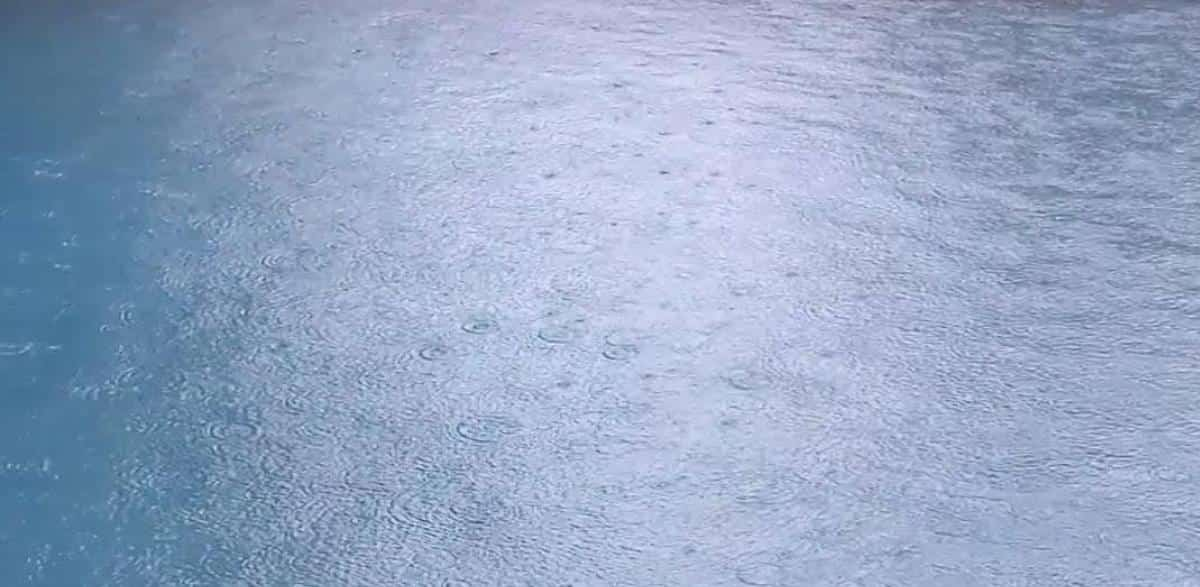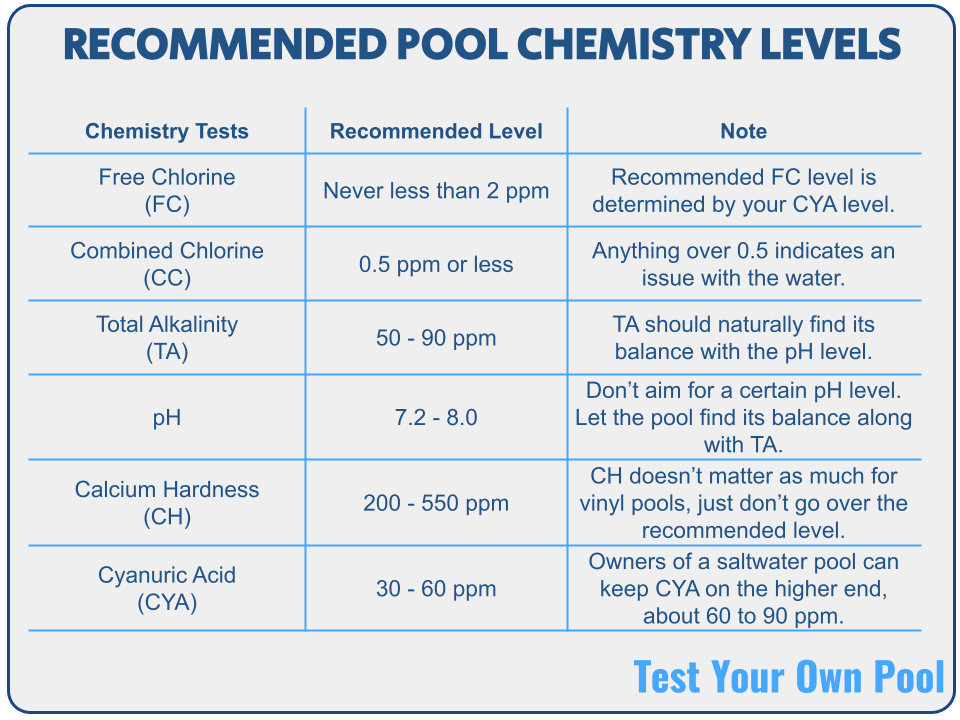Cloudy Pool Water After Rain? How to Maintain Your Pool After a Storm

When you see rain in the forecast, it can be frustrating! Sure, rain is critical in the summer for plants and wildlife.
For pool owners, however, that means swimming is on hold!
When it rains, it is normal for water to become cloudy or your pool to not look its best.
How Rain Causes Cloudy Water
On the surface, rainwater is harmless. There is nothing wrong with playing in the rain or drinking it.
Even for a pool, swimming in rainwater is not directly harmful (but don’t swim when it is actively raining!).
As rain falls through the sky, it collects all the pollutants and nasty stuff in the air. Pollen, dust particles, dirt, and other contaminants collect in raindrops. And where does that all fall into? Your pool, of course!
This is what can cause cloudy pool water. In reality, it isn’t a big issue as the cloudiness is mainly due to the dirty water.
However, it should still be handled before becoming a bigger problem.
Rain Can Disrupt Water Chemistry
While rain will make it seem like your water has a problem, it can and most certainly will impact your overall water balance.
Rainwater is pretty acidic; on average, rain has a pH of about 5.6 and can go as low as 4.2 if it is acid rain.
So, if there are heavy rainstorms, your pH and total alkalinity (TA) levels can get out of balance during a storm.
Rain generally also dilutes water. At the very least, you’ll have some fresh water in the pool. Depending on how much, you may need to drain the pool to prevent overflowing and water runoff.
Pool Maintenance After the Storm
Once the storm has fully passed and the sun is out, it’s time to assess the damage.
Even if your pool’s perfectly balanced and the cleanest it has ever been, don’t be surprised if it’s is cloudy. This is completely normal and can be cleared up in no time.
The bigger issues are at the pool equipment and surrounding area. Check to make sure no damage has been done.
If everything seems OK, your focus and attention can turn to the water.
Get your Water Back to a Proper Level
Depending on how much rain has fallen, you may need to drain the pool.
As a refresher, water should be in the center of the skimmer’s throat. Anything above or below that can introduce suction problems, especially with weir doors in place.
Brush, Skim, and Vacuum the Pool
It’s time for some pool cleaning! Hopefully, there isn’t too much to clean out, but the first order of business should be to empty the skimmer baskets and remove bigger leaves that fell into the pool with a pool net.
It’ll make it easier for the vacuum to get the finer particles on the floor.
Give the sides and surface a good brushing to disrupt any dirt or grime stuck to it.
This may make the pool even more cloudy than it already is, but the filter should do the rest of the work once it is off the pool surface.
Test and Balance Your Water
Run a full set of tests with your testing kit. Depending on how much water has been replaced with fresh rainwater, all chemistry levels have the potential to be off-level.
Once the tests are completed and you know your current readings, dump in the recommended chemicals based on the pool’s needs.

Get Back to Swimming!
If everything goes well and your water levels are balanced, the cloudiness should dissipate fairly quickly. After all, it was pretty much just the dirt from the rain and not anything serious.
As pool owners, rain can be an annoying few days, but it shouldn’t be able to take your pool out of commission for weeks at a time. Keep your levels in check at all times and the pool party should be back up and running in no time!
